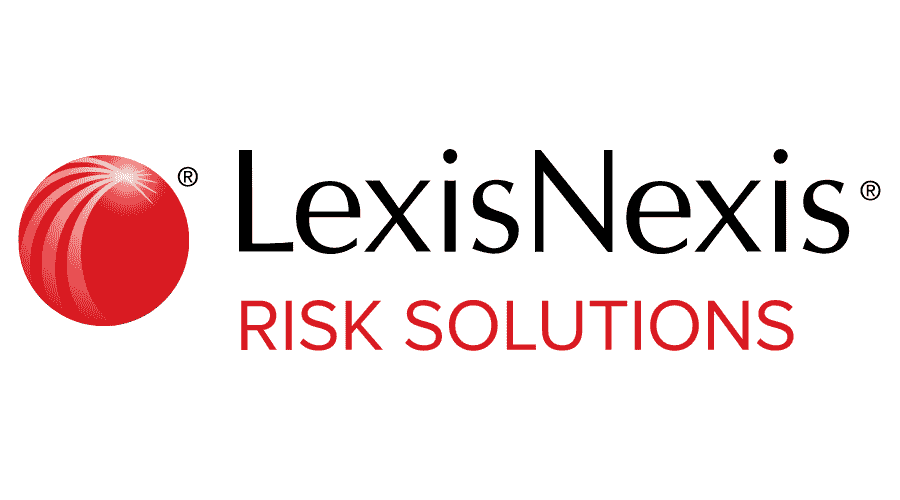Across the world, growing numbers of young people, new-to-country immigrants and other groups are poised to enter the financial system as customers of credit, loans, remittances and more. By 2030, 75% of consumers in emerging markets will be between the ages of 15 and 34.(1)
Companies that can more safely onboard and serve this population of emerging identities can unlock significant growth potential and improve financial inclusion. But for the banking and payments systems of the world, emerging identities often complicate traditional approaches to recognising trusted customers.(2)
- Younger demographics haven’t had as much time to build up a record of working, borrowing and purchasing.
- New-to-country immigrants might not have acquired financial products or proof of residence outside of their birth countries.
- Older consumers might utilise ride-share programs instead of driver’s licences, or might live communally instead of buying a home, leading to documentation shortfalls.
Identity verification needs to keep pace with all of these changes, and more.
Please download the eBook below.
1. State of the Consumer 2024: What’s now and what’s next, McKinsey & Company, June 10, 2024
2. From internal LexisNexis Risk Solutions data and analysis
Share
